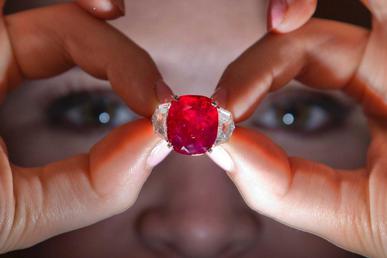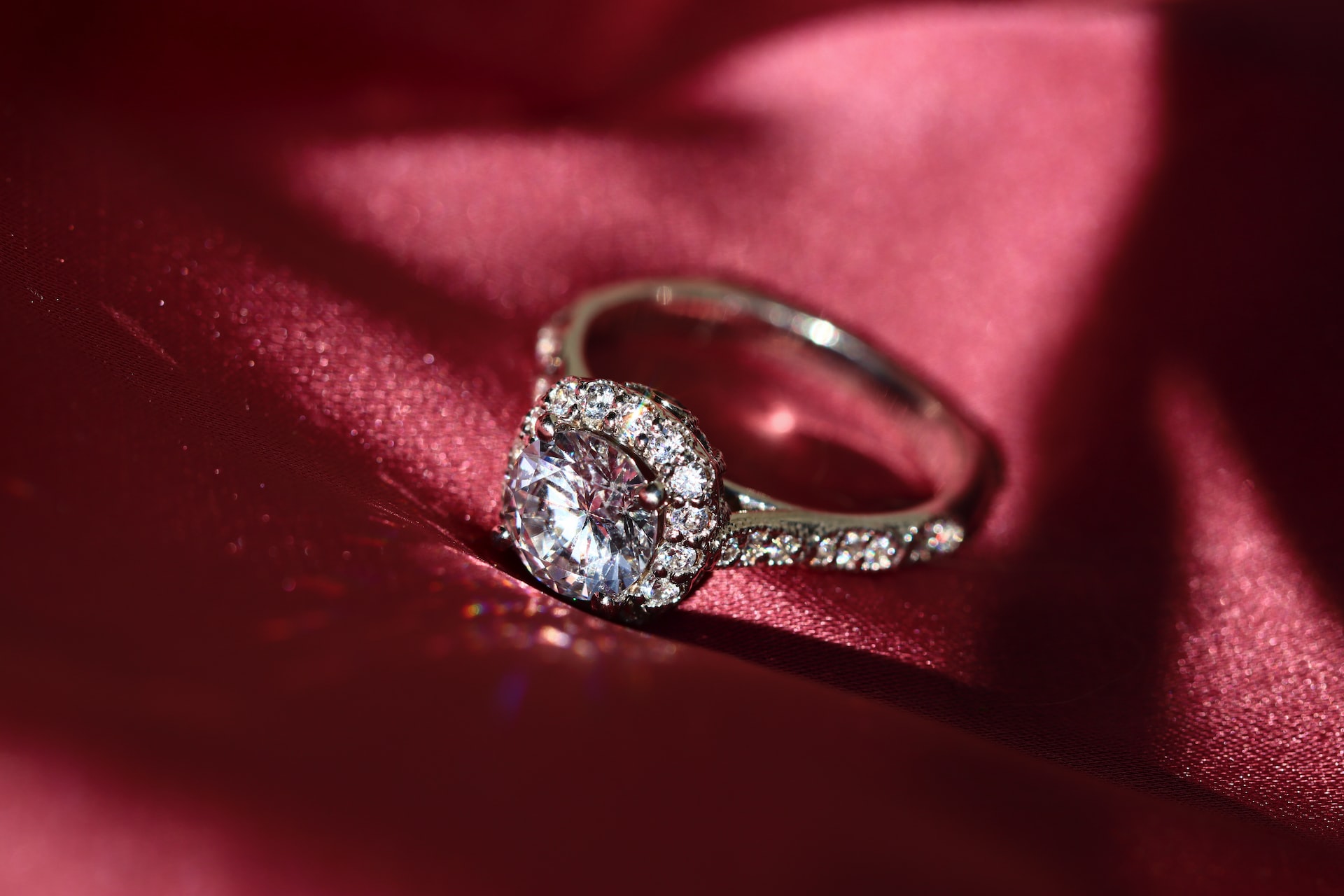Gemstones have been valued for their beauty and rarity for centuries. However, with the advancements in technology, we now have an alternative to natural gems – lab-created gems. These man-made stones have become increasingly popular in recent years, but many people still wonder whether they are a good choice. The focus question is: Are lab-created gems good? In this article, we will explore the properties of lab-created gems, compare them to natural gems, and examine the advantages and disadvantages of choosing them.
 What are lab-created gems?
What are lab-created gems?
Lab-created gems, also known as synthetic or cultured gems, are man-made stones that have the same chemical, physical, and optical properties as natural gems. They are created in a laboratory setting using a variety of techniques, including crystal growth and flux synthesis.
In crystal growth, a tiny crystal seed is placed in a chemical mixture and gradually grows over time. This method is used to create gems such as rubies, sapphires, and emeralds.
In flux synthesis, the desired chemicals are melted together in a crucible and then cooled slowly to form a crystal. This method is used to create gems such as alexandrite, spinel, and garnet.
Other methods of creating lab-created gems include hydrothermal growth, which involves placing a seed crystal in a pressurized container filled with a chemical solution, and the Czochralski process, which involves slowly pulling a crystal from a molten mixture.
Common lab-created gems include lab-created diamonds, moissanite, cubic zirconia, and synthetic corundum (which includes lab-created sapphires and rubies). These stones can be made in a variety of colors and shapes and are often used in jewelry-making as an alternative to natural gems.
How do lab-created gems compare to natural gems?
When it comes to appearance, lab-created gems are often virtually identical to natural gems. In fact, even trained gemologists may have a difficult time telling them apart. However, some subtle differences can give away their synthetic nature, such as a lack of inclusions or a perfect crystal structure.
In terms of hardness and durability, lab-created gems can sometimes be even stronger than natural gems. This is because they are created in controlled conditions and can be optimized for maximum hardness and durability. However, this can vary depending on the specific type of gemstone.
From an environmental perspective, lab-created gems have a much lower impact than natural gems. Mining natural gems can be a destructive process that often involves clearing large areas of land and can result in soil erosion, water pollution, and other environmental problems. In contrast, producing lab-created gems requires much less energy and does not involve mining or land disturbance.
Cost is another major difference between lab-created and natural gems. Generally speaking, lab-created gems are much more affordable than their natural counterparts. This is because the process of creating them is much more controlled and predictable, reducing production costs. Additionally, natural gems are often priced based on their rarity, which significantly drives the cost.
However, it’s worth noting that some natural gems can be much more valuable than lab-created gems due to their rarity and historical significance. Additionally, some people prefer the idea of owning a natural gemstone due to the sentimental value it may hold.
 Advantages of lab-created gems
Advantages of lab-created gems
- Affordability: Lab-created gems are often much more affordable than natural gems. This is because they can be produced in large quantities and are not subject to the same rarity-based pricing as natural gems.
- Consistency: Because lab-created gems are made in a controlled environment, they are much more consistent in terms of quality and appearance. This can be especially important for jewelers who need a reliable source of gems for their creations.
- Ethical considerations: Mining natural gems can be a controversial and often unethical process, with many instances of child labor and environmental destruction. In contrast, lab-created gems are produced without any of these ethical concerns.
- Availability: Some types of natural gems, such as pink diamonds, are extremely rare and difficult to find. On the other hand, lab-created gems can be produced in virtually any quantity and can be made to match a customer’s exact specifications.
- Versatility: Lab-created gems can be made in a wide range of colors, shapes, and sizes, making them a versatile choice for jewelers and designers.
Disadvantages of lab-created gems
- Lack of rarity: While some people may appreciate the affordability and availability of lab-created gems, others may feel that they lack the same sense of rarity and uniqueness as natural gems. This can be especially important for people who view their jewelry as a statement of individuality or personal style.
- Sentimental value: Natural gems can have a rich history and cultural significance, adding to their value and appeal. For example, a diamond that has been passed down through generations of a family may have significant sentimental value that a lab-created diamond cannot replicate.
- Limited resale value: Lab-created gems often have lower resale value than natural gems since they are not as rare or valuable. This can be important for people who are considering investing in jewelry as a financial asset.
- Potential for misrepresentation: While it is generally easy to identify lab-created gems through gemological testing, there is still a risk that they could be misrepresented as natural gems. This can be a problem for consumers who are not knowledgeable about gemology or who are intentionally misled by unscrupulous sellers.
 So, Are lab-created Gems good?
So, Are lab-created Gems good?
In conclusion, lab-created gems are man-made gems produced in a controlled environment using various techniques. They offer several advantages over natural gems, such as affordability, consistency, and ethical considerations. However, there are also some potential drawbacks to consider, such as the lack of rarity or sentimental value compared to natural gems.
Ultimately, it is up to each individual to decide what is most important to them when choosing between lab-created and natural gems. By considering the advantages and disadvantages of each option, along with personal preferences and values, consumers can make an informed decision that meets their needs and expectations.
Want to know what gems come from volcanoes? Read it here.


 Advantages of lab-created gems
Advantages of lab-created gems So, Are lab-created Gems good?
So, Are lab-created Gems good?







